Filter by

Ancient Manuscripts in Digital Culture: Visualisation, Data Mining, Communica…
Ancient Manuscripts in Digital Culture presents an overview of the digital turn in Ancient Jewish and Christian manuscripts visualisation, data mining and communication. Edited by David Hamidović, Claire Clivaz and Sarah Bowen Savant, it gathers together the contributions of seventeen scholars involved in Biblical, Early Jewish and Christian studies. The volume attests to the spreading of digi…
- Edition
- Volume: 3
- ISBN/ISSN
- 78-90-04-39929-7
- Collation
- -
- Series Title
- -
- Call Number
- -

A Guide to Biblical Hebrew Syntax
This introduces and abridges the syntactical features of the original language of the Hebrew Bible or Old Testament. Scholars have made significant progress in recent decades in understanding Biblical Hebrew syntax. Yet intermediate readers seldom have access to this progress due to the technical jargon and sometimes-obscure locations of the scholarly publications. This Guide is an intermediate…
- Edition
- -
- ISBN/ISSN
- 9780511610899
- Collation
- -
- Series Title
- -
- Call Number
- -
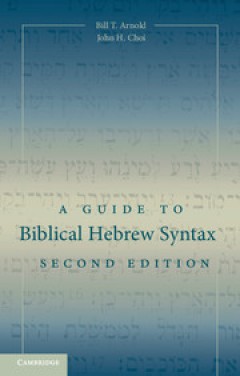
A Guide to Biblical Hebrew Syntax
A Guide to Biblical Hebrew Syntax introduces and abridges the syntactical features of the original language of the Hebrew Bible/Old Testament. An intermediate-level reference grammar for Biblical Hebrew, it assumes an understanding of elementary phonology and morphology, and it defines and illustrates the fundamental syntactical features of Biblical Hebrew that most intermediate-level readers s…
- Edition
- -
- ISBN/ISSN
- 9781139939591
- Collation
- -
- Series Title
- -
- Call Number
- -
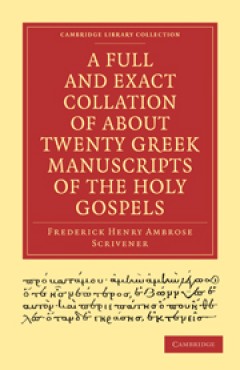
A Full and Exact Collation of About Twenty Greek Manuscripts of the Holy Gospels
The first major publication by the distinguished biblical scholar Frederick Henry Scrivener, this is a collation of twenty-three Greek manuscripts of the gospels. The Greek text is preceded by detailed introductory chapters in English, illustrating Scrivener's criteria for selecting the manuscripts, the methods he adopted to edit and collate the texts, and his critique of contemporary biblical …
- Edition
- -
- ISBN/ISSN
- 9780511706677
- Collation
- -
- Series Title
- Cambridge Library Collection - Religion
- Call Number
- -
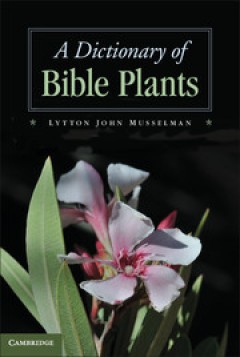
A Dictionary of Bible Plants
This book describes and illustrates each plant mentioned in both the Old and New Testaments and the Apocrypha. Drawing on Lytton John Musselman's extensive field investigations from Beirut to Borneo and from the Atlas to the Zagros mountains, it also includes his original images of each plant. Incorporating new research on their use, reviews are made of recent analytical studies of plants used …
- Edition
- -
- ISBN/ISSN
- 9781139035323
- Collation
- -
- Series Title
- -
- Call Number
- -
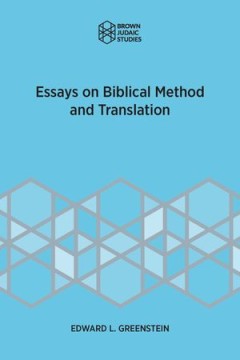
Essays on Biblical Method and Translation
This collection of essays deals with two interwoven themes. The first is a critical reflection on the often theoretical underpinnings biblical studies. The second engage theoretical reflections on translating the Bible. Together they show the need to bring theory and practice of biblical scholarship into closer relationship with each other.
- Edition
- -
- ISBN/ISSN
- 9781951498252
- Collation
- -
- Series Title
- -
- Call Number
- -

The Biblical Herem A Window on Israel’s Religious Experience
The Biblical Herem: A Window on Israel’s Religious Experience, was a groundbreaking, and controversial, examination of the herem, a biblical mode of declaring something (objects, people, cities) proscribed. Stern here reconstructs how the herem relates to other modes of thinking, in the Hebrew Bible and elsewhere in the Ancient Near East. The book contains a new preface by the author.
- Edition
- -
- ISBN/ISSN
- 9781951498665
- Collation
- -
- Series Title
- -
- Call Number
- -
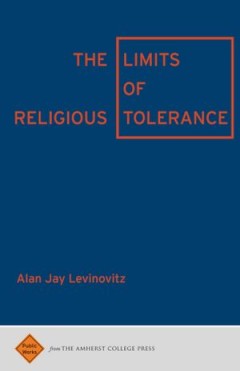
The Limits of Religious Tolerance
Religion’s place in American public life has never been fixed. As new communities have arrived, as old traditions have fractured and reformed, as cultural norms have been shaped by shifting economic structures and the advance of science, and as new faith traditions have expanded the range of religious confessions within America’s religious landscape, the claims posited by religious faiths�…
- Edition
- -
- ISBN/ISSN
- 9781943208050
- Collation
- -
- Series Title
- -
- Call Number
- -
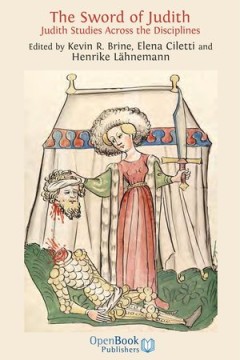
The Sword of Judith Judith Studies Across the Disciplines
The Sword of Judith is the first multidisciplinary collection of essays to discuss representations of Judith throughout the centuries. Bringing together scholars from around the world, it transforms our understanding of Judith’s enduring story across a wide range of disciplines. The book includes sections on Judith in Christian, Jewish and secular textual traditions, as well as representation…
- Edition
- -
- ISBN/ISSN
- 9781906924171
- Collation
- -
- Series Title
- -
- Call Number
- -

The Joseph Story between Egypt and Israel
Within the context of the Torah, the Joseph story can be read as a transition that explains why Jacob and his family came to Egypt. However, if one looks at other texts of the Hebrew Bible, there is no mention of the Joseph story; instead, the arrival of the Israelites is said to be the result of the decision of a "father" or of "fathers" to go down do Egypt. Indeed, there are very few referenc…
- Edition
- -
- ISBN/ISSN
- 9783161601545
- Collation
- -
- Series Title
- -
- Call Number
- -
 Computer Science, Information & General Works
Computer Science, Information & General Works  Philosophy & Psychology
Philosophy & Psychology  Religion
Religion  Social Sciences
Social Sciences  Language
Language  Pure Science
Pure Science  Applied Sciences
Applied Sciences  Art & Recreation
Art & Recreation  Literature
Literature  History & Geography
History & Geography